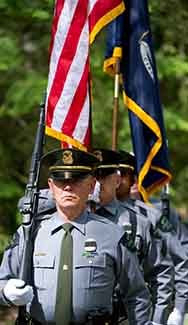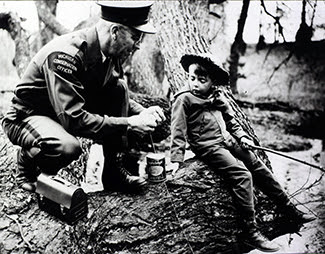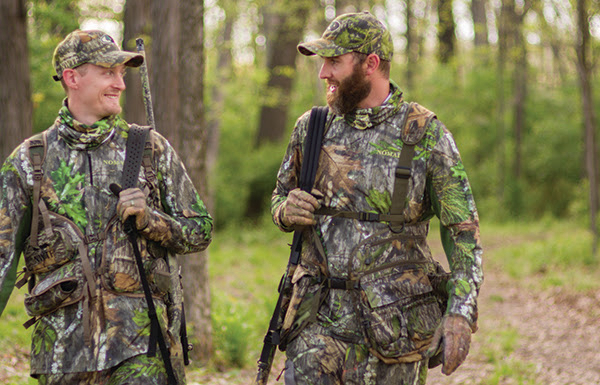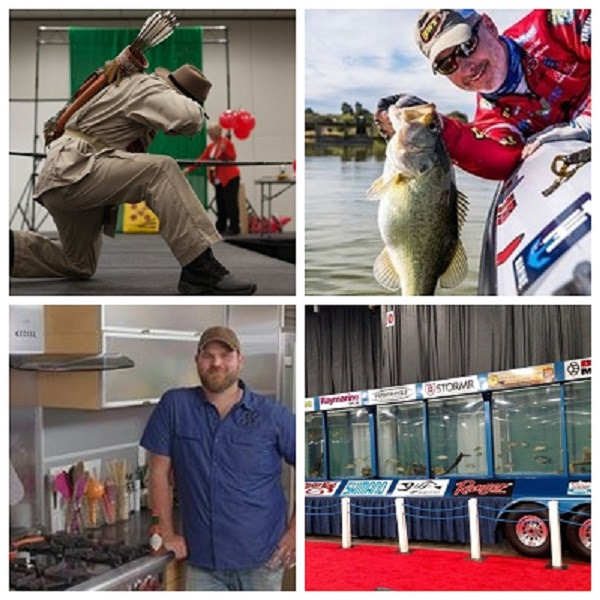By Glen Wunderlich
Charter Member Professional Outdoor Media Association
Anyone using a shotgun for turkey hunting is wise to pattern specific loads before heading afield. Myriad firearms, chokes and ammunition are going to produce various results that require testing to determine a hunter’s best options. Patterning – the act of shooting shotgun loads at large sheets of paper at given ranges – is the only way to know how combinations will perform. No doubt, patterning a shotgun can be an arduous task, but a necessary one for confidence and effectiveness.

Browning Silver Shotgun
EOTech Sight and Winchester Long Beard Ammo Testing
It was only a week ago that a friend and I headed afield for some crow hunting. When the perfect opportunity arose inside the perfect blind, my pal unloaded on an incoming bird at relatively close range. After a clean miss, the questions started: Was it the shooter, the load, the choke or any combination to blame? Without patterning, we’ll never know.
Pattern percentages – the number of pellets striking within a 30-inch circle at 40 yards – will tell the tale regardless of what any manufacturer states the choke is. Simple math makes sense of it all. Simply determine the number of pellets in the chosen, unfired shell based on readily available tables and count how many of them strike within the circle described. For turkey hunting some 70-percent of the shot should be in the circle at 40 yards, which signifies actual full-choke performance.

No. 4 Shot, 50 Yards Winchester Long Beard XR Ammo
For this purpose it is not actually necessary to center the pattern on the target, although to do so is the end game. On a sheet of paper measuring at least 36 inches square, mark an aiming point large enough to see at 40 yards. Take the shot and then make a 30-inch circle around the heaviest concentration of shot. The more shot inside the circle, the better.
A variation is to test appropriate loads through your barrel/choke combination looking for the most even pattern without excessive spacing in the pattern. Doing so will indicate which choke is most effective without counting pellet holes.
Another method utilizes 10-yard patterns, which mimics intended results at 40 yards. For this experiment, a 7-inch circle is used in place of the 30-inch circle, whereas only the pellets outside the circle are counted. This system will give relative performance between different shells, but it is still advisable to test with the 30-inch circle at the longer range, as outlined.
Once you have determined a specific shell and shot size based on results shown on paper, you can adjust your sights accordingly to center the pattern. If you have a shogun with only a front bead and your shots are not striking your point of aim, you may want to consider installing an optic or using another firearm. Otherwise, holding off the target is the only option – and, a poor one at that.
Ever since I discovered how much better patterns are produced at extended ranges with Winchester’s Long Beard shotshells, I’ve had no reason to go through the patterning process anymore. This ammo is reasonably priced compared to other high-end ammo. It will still cost substantially more than run-of-the-mill lead shot, but is purpose built to perform better with its hard, copper-plated pellets, because it deforms less when pushed through the tight chokes designed for turkey hunting. Plus, since the load delivers more shot on target, less shot is needed in the shells, thus making for less felt recoil. And, this is no minor advantage when testing any powerful loads designed for turkey hunting.
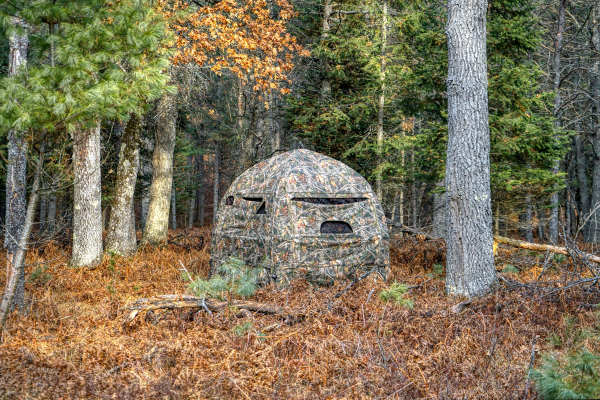

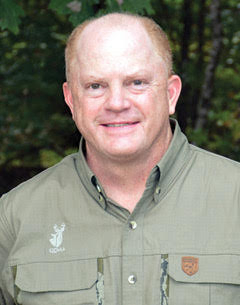
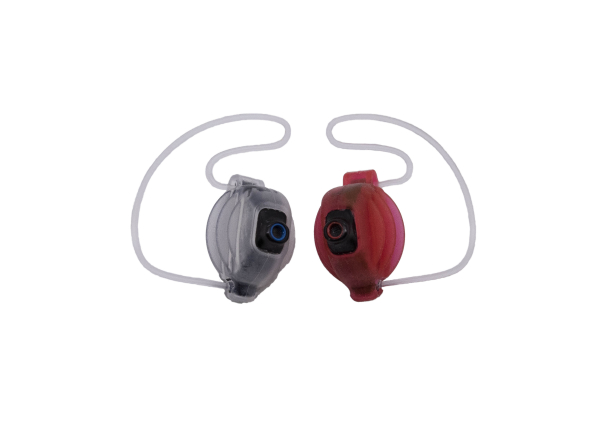

 Amy TrotterExecutive Director
Amy TrotterExecutive Director



